Proposal and Research for GIFs and Cinemagraphs
- Liz Jenkin

- Feb 22, 2020
- 4 min read
There are 46 Wildlife Trusts in the UK. The Trusts are charities that endeavour to save wildlife and protect natural places, with over 2300 nature reserves nationwide. In addition to their conservation efforts, they also aim to bring people closer to nature by providing outdoor learning opportunities and allowing public access to the nature reserves. They believe that everyone should have the opportunity to enjoy the natural world.
We want to create safe havens in which wildlife can thrive and from which it can spread. We need to inspire people to love and care for the natural environment, and enable more people to experience, enjoy and understand it. – Cornwall Wildlife Trust
Of these Trusts, our local one is the Cornwall Wildlife Trust, who manage over 50 nature reserves within Cornwall. As well as the iconic Cornish chough, the county’s mild climate is perfect for species such as otters, rooks, and adders. Being coastal, Cornwall is home to a variety of marine animals including grey seals, bottlenose dolphins, and even basking sharks.
Volunteers at the Trust have recently started a blog on their website. They only have a few posts, but it is an active blog showcasing some of their nature reserves and giving advice for gardeners who want to encourage more wildlife at home. They are active daily on their Facebook and Twitter pages, posting various tips for supporting wildlife from home during the Covid-19 crisis, as well as promoting local businesses and highlighting various species of wildlife people can look out for in the spring. These posts largely feature photographs or short videos.
On their home page, they currently use a large GIF or video of two owls to attract attention, so creating other GIFs or cinemagraphs to be used in a similar way may be well-received. If these images have a small file-size, they could also be suitable for sharing on social media.

I aim to create a series of GIFs and cinemagraphs suitable for use on both the Cornwall Wildlife Trust website and their social media. To do this, I will record some footage of the local wildlife in Tehidy woods – this is likely to be squirrels and birds, but I will also use the opportunity to look for other species, too. While I doubt I'll encounter an elephant in the woods in Cornwall, the example below shows that there is scope for lightheartedness in GIFs, and should an interesting event unfold in front of me, I will do my best to capture whatever footage I can. The squirrels are good examples of the type of GIF and cinemagraph I will create, although I would like them to loop as well as the woodpecker GIF does. The woodpecker is a fantastic example of the natural behaviour I believe the Cornwall Wildlife Trust would like to highlight. While the cat and hummingbird are different to the types of wildlife I will meet, these demonstrate the simplicity of an effective cinemagraph. I will aim to design my images with this simplicity in mind.
In addition to my camera, I will bring a telephoto lens and tripod, in order to capture the desired footage without disturbing the animals. The local squirrels are very friendly and enjoy eating nuts and fruit left on logs, so I will take some with me to increase the chances of capturing sufficient images and footage. I will use the footage to create cinemagraphs, with a still background and a moving subject. This would work best with an animal eating or running along the ground. I will also use the same footage to create GIFs of different sizes, altering the colour depth and resolution to achieve the desired file size. This will enable the Trust to choose the appropriate format for a variety of platforms.
GIF and cinemagraph file sizes, resolution sizes, and colour depth will need to be carefully balanced. The higher the colour depth and larger the resolution, the larger the file size. Tumblr is a popular social media platform to share GIFs, but they have certain rules to follow:
We recommend that your GIFs be no more than 540 pixels wide. Any GIFs under 3 MB don’t get compressed at all. If you’re uploading a compressed GIF, the file should be no larger than 5 MB. If your GIF is uncompressed and under 10 MB, we’ll do our best to compress the file down for you. You’re welcome. - Tumblr Help
Similarly, sites like Twitter and Facebook also have file size limits of 5MB and 8MB respectively. Other websites, however, recommend that GIFs be no larger than 1MB to aid users on mobile or with limited bandwidth. Due to the ongoing development of digital imaging, larger file sizes are becoming more widely supported, so I will create my images in a range of file sizes to suit different platforms and purposes.
Initial Sketches

References
https://www.cornwallwildlifetrust.org.uk/what-we-do - accessed 05/04/20
https://www.cornwallwildlifetrust.org.uk/what-we-do/about-us - accessed 05/04/20
https://www.facebook.com/CornwallWildlife/ - accessed 05/04/20
https://twitter.com/CwallWildlife - accessed 05/04/20
https://www.wildlifetrusts.org/about-us - accessed 05/04/20 https://www.cornwallwildlifetrust.org.uk/blog - accessed 15/04/20 https://giphy.com/gifs/eating-squirrel-burst-BiQPmevsqQyxW - accessed 15/04/20
https://giphy.com/gifs/headlikeanorange-bird-woodpecker-115PgUpRcgiTyU - accessed 15/04/20
https://giphy.com/gifs/sandiegozoo-elephants-baby-animals-4QFKQfhvnPhGTyhORO - accessed 15/04/20
https://www.flickr.com/photos/canderson/7047163359/in/photostream/ - accessed 15/04/20 https://www.hongkiat.com/blog/cinemagraph/ - accessed 15/04/20
https://www.pinterest.co.uk/pin/543809723744658234/ - accessed 15/04/20
https://unwrapping.tumblr.com/post/189766494457/tumblr-gif-bump - accessed 15/04/20












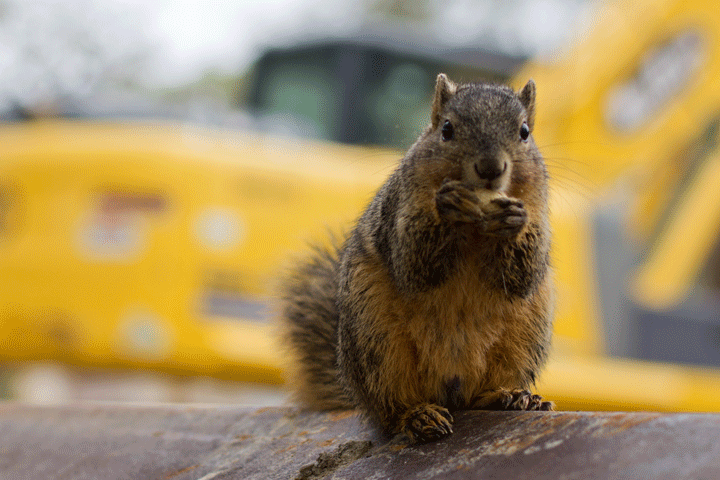

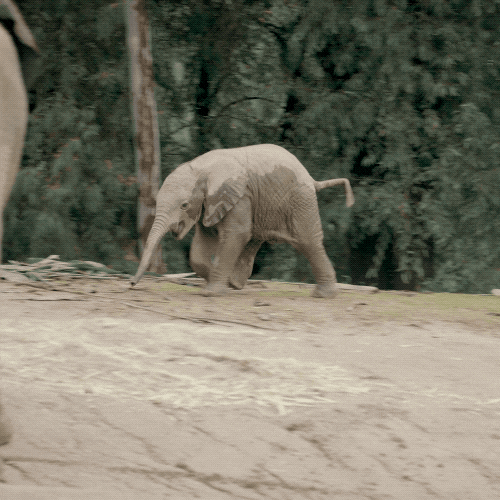
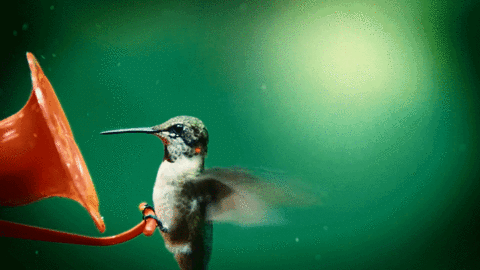
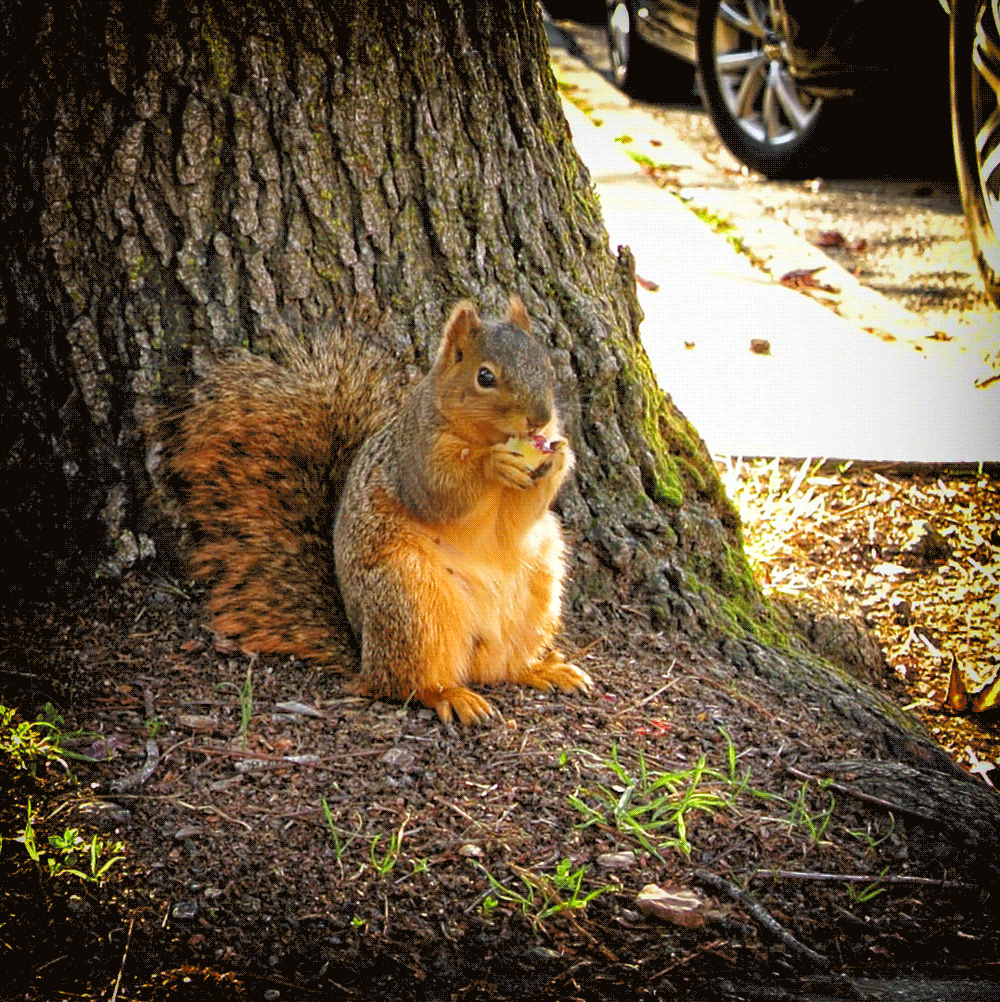
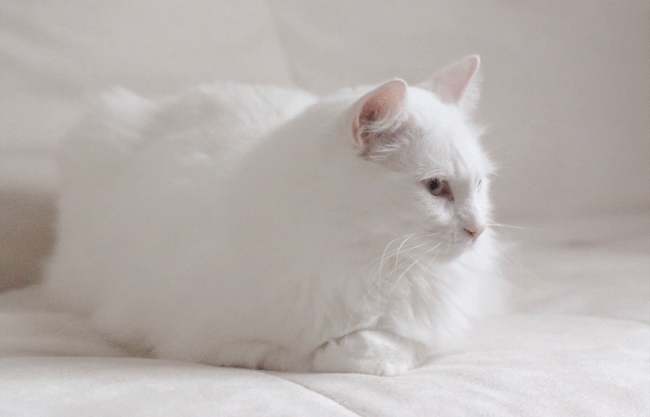



Comments